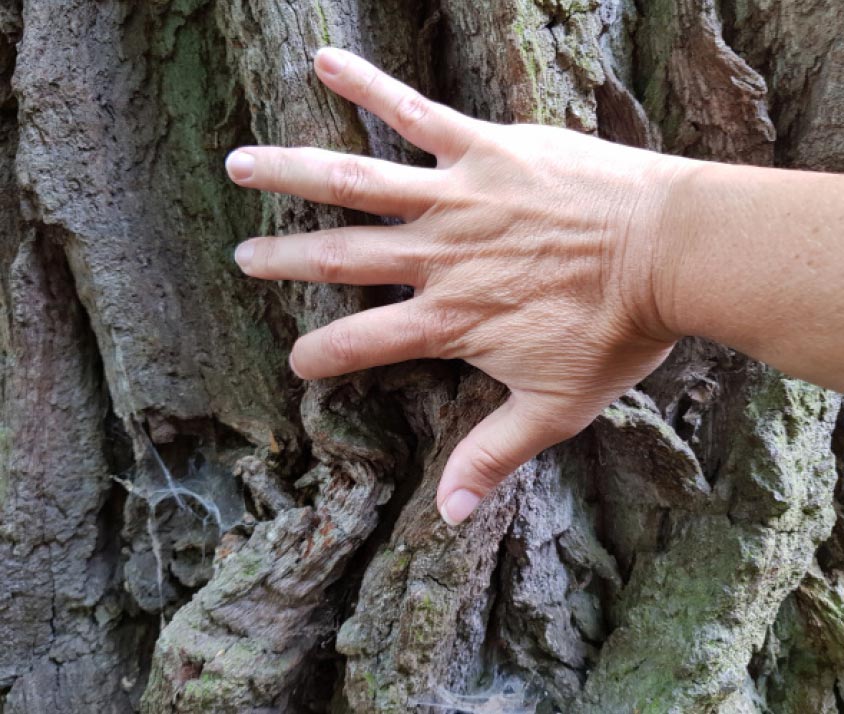Art & Culture
National Heritage Trees
Protecting lovable old trees and letting them age in peace - that is the aim of the “National Heritage Trees” project of the German Dendrological Society (DDG). For this purpose, a board of trustees selects suitable candidates - prerequisites are the age of at least 400 years or a trunk circumference of at least 400 centimeters and the general suitability of the tree species to be around 1,000 years old. Trees of old age optimize their life and growth processes themselves in a very special way. They are therefore - for example in terms of their tree biology, genetics and pathology - also of great interest to science.
The selected trees are cared for in close consultation and cooperation between the owners, arborists and the National Heritage Trees Board of Trustees so that they can reach the highest possible age.
In total, around 100 trees across Germany are to be given the title “National Heritage Tree” over the next few years. The linden tree in Heede (Lower Saxony, see picture above) is the thickest full-stemmed tree in Germany with a trunk circumference of 17 meters. Their age is estimated to be around 600-800 years. It was recognized as the first national heritage tree.
Long-lived tree species with a life expectancy of over 400 years include, for example, yew, English oak, sessile oak, ginkgo, sweet chestnut, European larch as well as summer and winter linden.


